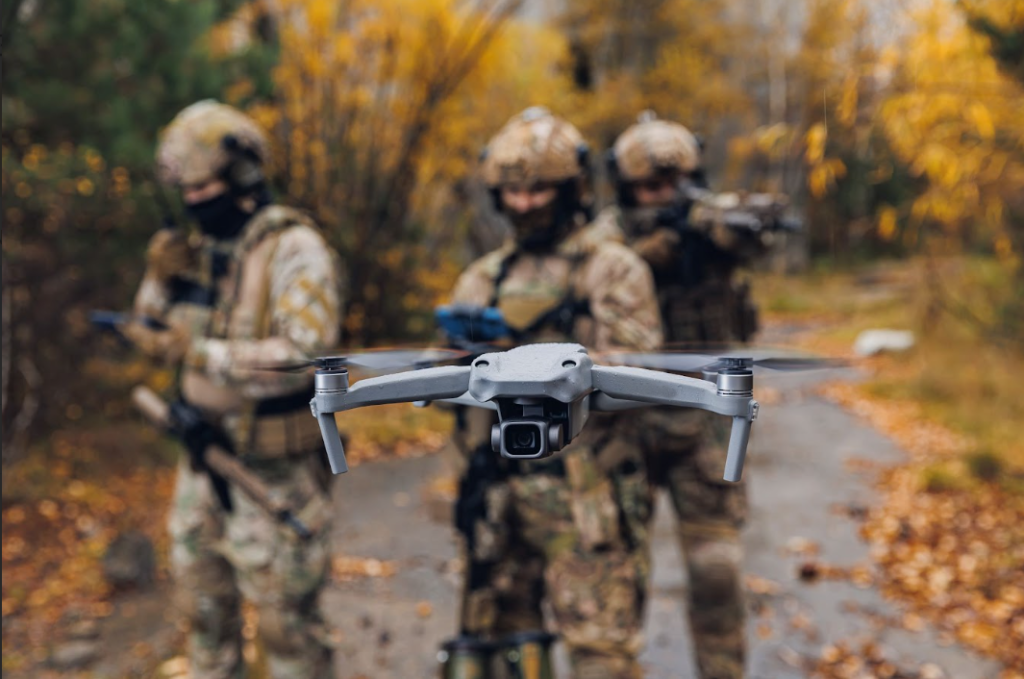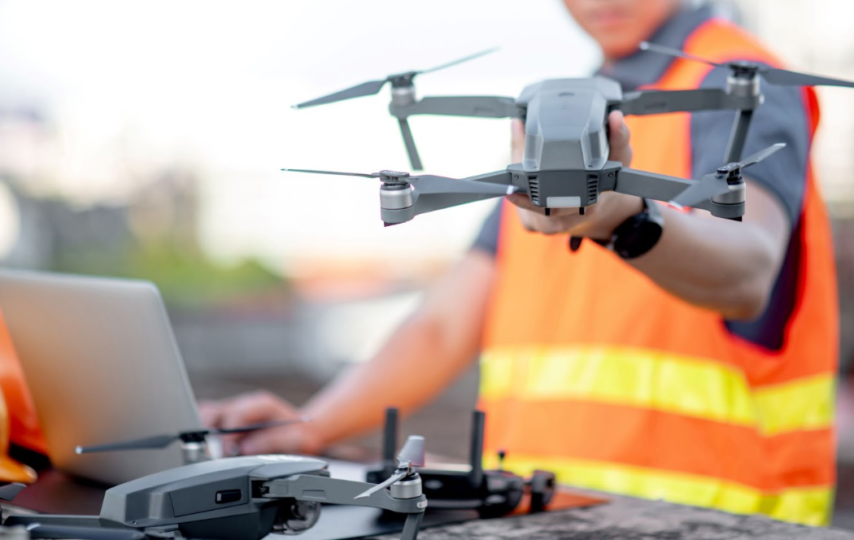Are you curious about unmanned aerial vehicles (UAVs)? Have you ever wondered what types of UAVs exist? From military drones to civilian hobbyists, UAVs are becoming increasingly popular. This article explores the world of aerial robotics and delves into the different types of UAVs available for various applications. Read on.
What Are UAVs?
UAVs are aircraft operated without a human pilot. You can operate them remotely, or they can fly autonomously using onboard computers and sensors to guide them. UAVs come in many shapes and sizes, from small drones used by hobbyists to large military-grade systems.
The uses of UAVs vary widely, ranging from scientific research and surveillance to search-and-rescue operations. Many countries have adopted UAV technology for military applications, such as surveillance, target tracking, and air strikes.
Moreover, the commercial market is growing rapidly. Numerous companies are now offering products based on UAV technology for civilian and commercial use, including photography, agriculture mapping, wildlife monitoring, deliveries, inspections, and so on.

Types Of UAVs
UAVs are incredibly versatile machines. Many types of UAVs are available to suit different needs to meet these demands. This section discusses some of the most common varieties of UAVs and what they’re used for.
- Multi-Rotor UAVs
Multi-rotor UAVs use multiple rotors for propulsion. They can be used for various applications, from photography to surveillance and search and rescue operations. The most common multi-rotor designs include quadcopters, hexacopters, octocopters, tricopters, and even more complex configurations. Quadcopters are the most popular choice due to their stability in flight and relatively low cost compared with other models.
The advantages of multi-rotor American made drones include their ability to hover in one spot easily, take off vertically without needing any runway space, fly at slow speeds while remaining maneuverable, and land safely on uneven surfaces. Additionally, they can carry payloads that would otherwise be too heavy for a single-rotor design. On the downside, they tend to have shorter flight times than fixed-wing aircraft because of the additional power needed by the motors operating all those rotors.
Overall, multi-rotor UAVs offer great versatility and flexibility when completing tasks, such as surveying terrain or capturing footage with an onboard camera. With technological advances over the years, they’ve become increasingly capable tools that anyone can learn to operate quickly and easily, making them ideal for hobbyists and professionals alike.
- Fixed-Wing UAVs
Fixed-wing UAVs are the most traditional type, characterized by their long wings and reliance on aerodynamics to generate lift. These drones have been used for decades, with a wide range of applications from military reconnaissance missions to civilian search and rescue operations. In addition, it ranges from small hand-launched models to large aircraft capable of carrying hundreds of kilograms.
The two main types of fixed-wing UAVs are powered and gliders or sailplanes. Powered versions are propelled by an onboard engine, such as an electric motor or combustion engine, allowing them to reach higher altitudes than glider models. They also offer greater versatility in speed and maneuverability compared to other UAVs. Gliders rely entirely on energy absorbed from air currents or thermals during flight, making them ideal for surveillance and mapping operations over vast distances.
Both powered and glider UAVs can be equipped with sensors, cameras, communications equipment, navigation systems, autopilots, and more. Therefore, they can operate autonomously or under remote control, depending on the mission requirements.
- Single-Rotor UAVs
Single-rotor UAVs use a single main rotor and tail rotor for propulsion. These can be further divided into two categories: coaxial and traditional helicopters. Coaxial designs have two rotors spinning in opposite directions, which cancel out torque reaction, so the aircraft does not need to counter it with a tail rotor or other system. On the other hand, traditional helicopters have an additional tail rotor to combat the veering motion caused by the main rotors rotating in one direction.
They offer advantages, such as increased speed and range, over their multi-rotor counterparts due to their higher efficiency aerodynamics, making them ideal for long-distance operations requiring sustained flight times. Additionally, they need less power than multi-rotor models; this allows longer flights within smaller payload capabilities compared with similar-sized quadcopters.
The tradeoff between performance and complexity means that single-rotor UAVs may be better suited for specific applications where high endurance, speed, or payload capability are necessary, but practicality must remain reasonable. Commercial uses include aerial imaging/surveying tasks, such as mapping large areas or inspecting infrastructure.
- Hybrid VTOL UAVs
Hybrid vertical take-off and landing (VTOL) UAVs can take off and land vertically, as the name suggests. As such, they are suitable for missions with limited space, like in urban areas. They also have the advantage of hovering in place, allowing them to stay in one spot without constantly moving around like other UAVs.
Furthermore, they have various payload capabilities depending on the model and manufacturer. Some models may be better suited for carrying cameras or sensors, while others may be equipped with weapons systems. The range and endurance of hybrid VTOL UAVs vary widely from model to model; some can only fly up to several hundred meters, while others can travel much farther distances.
Conclusion
There are multiple types of UAVs available for a variety of purposes. From multi-rotor vehicles to fixed-wing ones and even hybrid VTOL models, each model offers unique advantages. So, knowing each can help you decide which best suits your particular requirements, be it for leisure, hobby, or business purposes. With all these options, you can surely find the perfect UAV for your needs.








